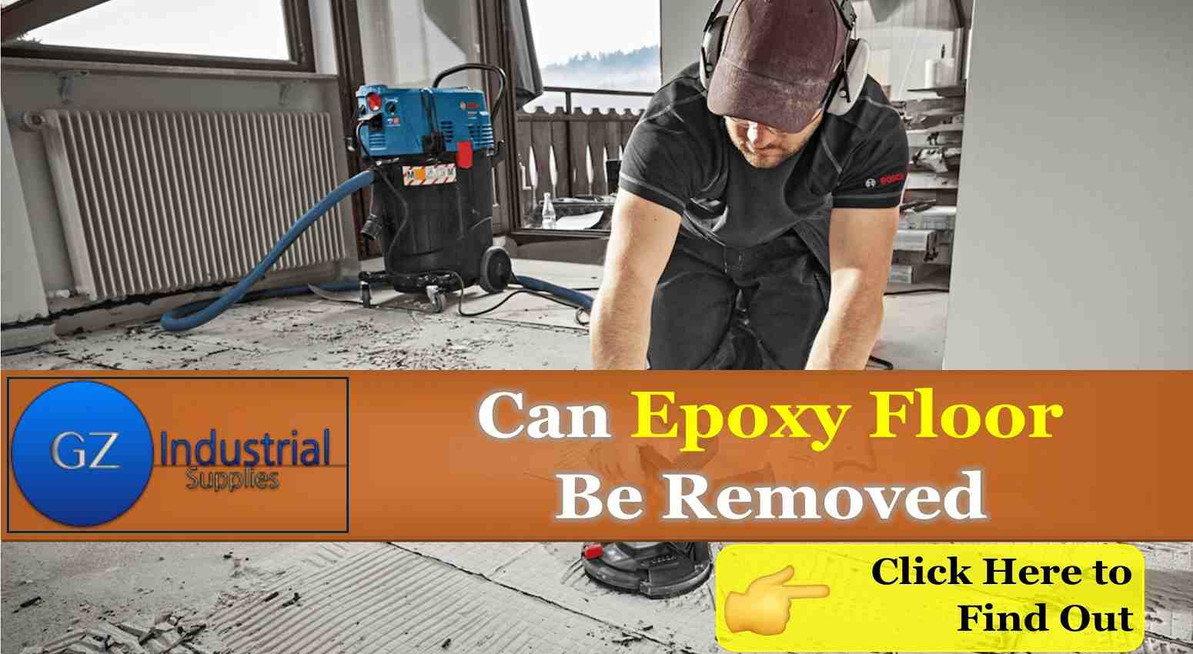Can Epoxy Floor Be Removed
Can Epoxy Floor Be Removed
The epoxy surface is not suitable for all types of industry. It is common to find surfaces that initially looked very good, but over time end up with multiple patches due to the continuous repairs they need.
These patches are almost always applied without proper surface preparation. For this reason repairs are continuous, without obtaining a lasting result and compromising the concrete slab to its deterioration.
Therefore, it is generally necessary to perform the complete removal of epoxy coating on all concrete floors that have had some type of epoxy coating.
The removal eliminates all the pre-existing floor coating as well as its imperfections. It also prepares the floor for subsequent polishing.
The procedure uses specially manufactured abrasives, ensuring good results in surface preparation.
It is important to perform a complete epoxy floor removal when carrying out renovation or repair work on a concrete floor, especially those requiring the replacement of epoxy flooring. it is necessary to remove all existing coating. This task is carried out with concrete grinding machines by means of a grinding process.
Unlike a traditional concrete floor, it is not enough to repair damaged areas of the floor. The procedure for these works is different.
If the epoxy coating is replaced only in the damaged areas, more and more cracks will continue to appear. Therefore we always recommend replacing the entire epoxy floor.
TYPES OF FLOOR COATINGS
The intended use of the floor is a determining factor and the purpose for which it will be used must be clear.
When removing the surface coating for subsequent treatment, we distinguish between three different types: epoxy coating, polyurea and slurry.
They all have impermeable properties. However, it is worth analysing the nature of each of them in more detail in order to understand the disadvantages when, for example, it is necessary to replace an epoxy floor.
Epoxy Coating
Epoxy coating is a viscous material that can be hardened with the application of catalysts, which change the consistency in a few hours and harden the surface.
It is recommended to wait for about a week for the surface to be ready for use.
For the pharmaceutical and food industries, epoxy coating is a flooring option, just as polished concrete is.
These industries generally choose an epoxy resin floor because of its insulating properties that protect the concrete from corrosive materials, oils and moisture.
Polyurea
It is a liquid material that is poured on the surface, resulting in a solid, uniform and resistant layer in a short time.
Polyurea can resist changes in environmental temperature and is often used for waterproof swimming pools, roofs and exterior concrete floors.
This insulates against moisture and protects the surface from degradation.
Slurry
Perhaps the least known, slurry is a material that has a lattice-like consistency, composed of synthetic elements. It creates and guarantees a waterproof and non-slip surface.
Used mainly in car parks and playgrounds, it is chosen for its acceptable cost and ease of levelling.
MAIN PROBLEMS OF USING EPOXY RESIN FLOORS
Epoxy floors have several disadvantages, either because of its faulty application, due to some crack in the floor or other factors that have not been taken into account at the time of applying the resin.
Because of the high cost of the resin itself, the minimum thicknesses are not always respected.
The thickness of an epoxy floor is, in most cases, the reason why the surface does not have a long life span according to the manufacturer’s specifications.
Poor preparation of the concrete floor
Floor preparation is an expensive task. It takes place every time a resin floor needs to be coated. The old epoxy coating has to be removed with a grinding machine with special abrasives before re-coating a floor.
This procedure generates a considerable amount of toxic waste. If the surface is not properly prepared, the coating will not adhere properly and will lead to delamination in a short time.
Presence of humidity
Epoxy is excellent as a waterproofing agent against almost any liquid that can be spilled on the floor surface.
Despite this, humidity is a major enemy. Moisture present in a concrete slab cannot evaporate through the surface. For this reason, it locates the place with the least resistance, the joints and cracks in the floor.
Those are areas where the epoxy resin usually starts to crack, because the support to which it is adhered is wet.
Contains pollutants
Epoxy resins are toxic materials and very harmful to health. Applicators usually have short application periods to avoid respiratory problems.
In addition, the long drying time is another factor that can harm business activities.
The toxicity of resins is another factor that must be taken into account. It is harmful to both the applicators and the people in the treated area that has not yet dried.
They are difficult to clean
In warehouses, logistics platforms or surfaces in general with high vehicle traffic, cleaning and maintenance tasks become difficult to perform with very unsatisfactory results.
Tire marks leave marks on the epoxy floor and cannot be removed. In addition, small repairs can paralyse activities in the affected area for several days.
Contact GZ Industrial Supplies today, our experts are ever ready to profer solutions to any Epoxy Flooring issues.
Recent Posts
-
The Best Transformer prices in Nigeria
A transformer facilitates the delivery of electrical energy at minimum power loss. The best and affo …Apr 18, 2024 -
Eco-Friendly Industrial Chemicals: The Future of Sustainability in Manufacturing
In the face of escalating environmental concerns, sustainability in the use of industrial chemicals …Apr 17, 2024 -
Innovative Features of Dongcheng Percussion Hammers
Power tools like percussion hammers are used in the construction and demolition industries for break …Apr 17, 2024




